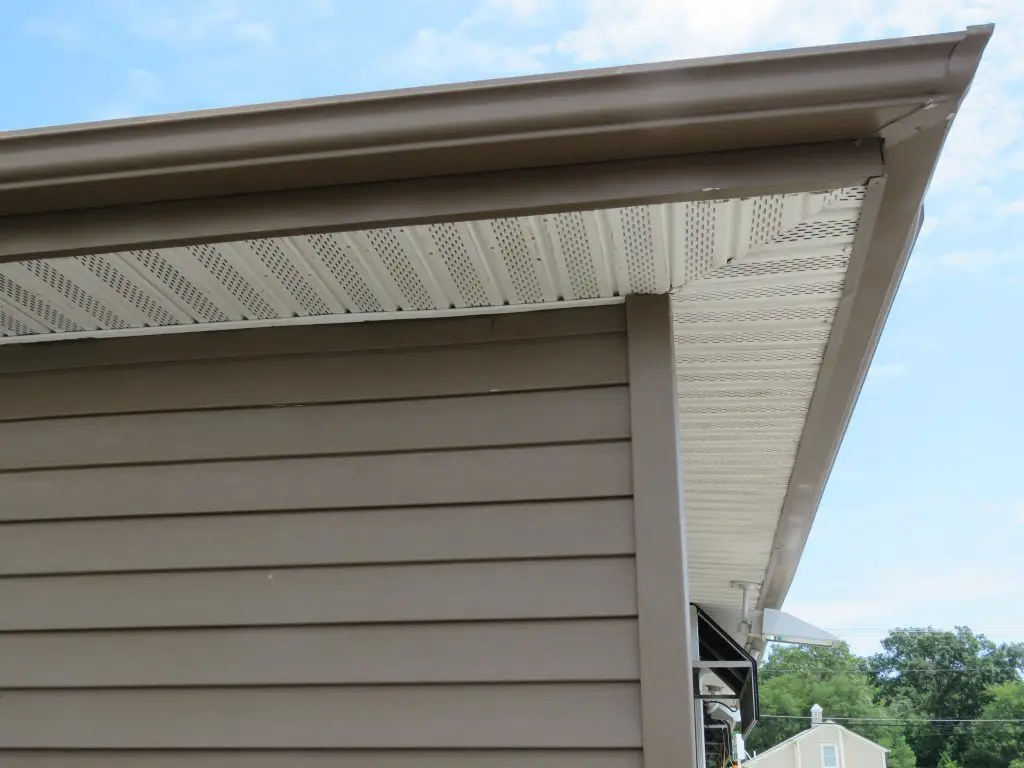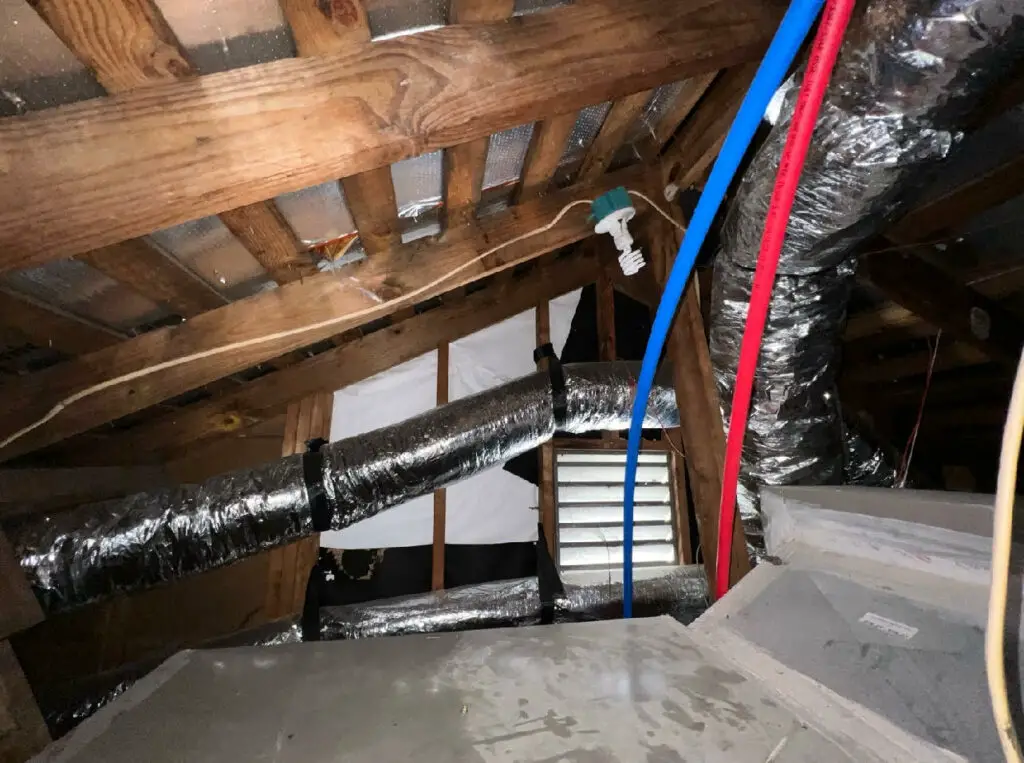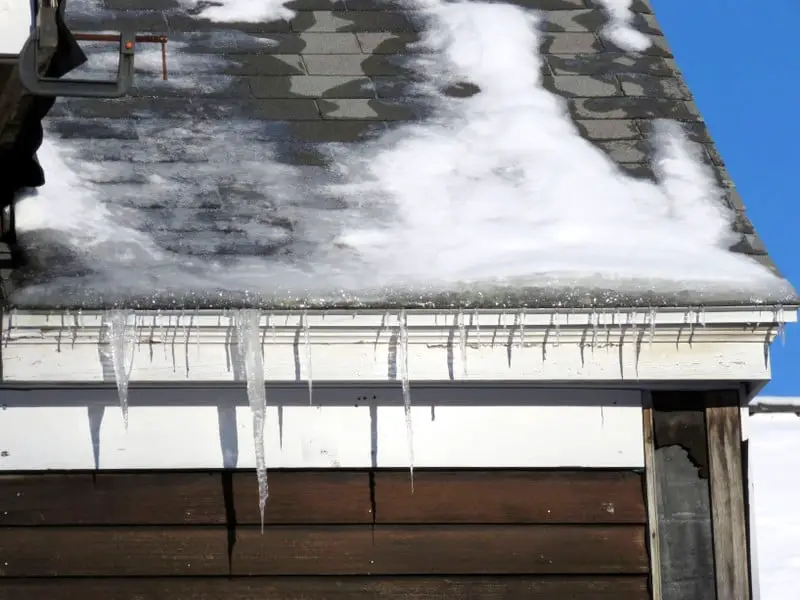Home Buyer Beware: How’s the Attic Ventilation?
By Paul Scelsi for Air Vent • Reviewed and Approved by Vince Vargas • April 26, 2024
Reviewed by Jack Gray, Roof Online Editor
This article is based on a podcast interview with home inspector Vince Vargas of VIP Inspections in Houston, Texas.

Home inspector says attic airflow is on his clients’ top 3 list
Tomorrow an existing house somewhere in North America will be sold to an incoming homeowner. Does that incoming homeowner know the condition of the attic ventilation? Does she care? Was a home inspector hired to check the attic ventilation? Did the home inspector give the attic ventilation a passing grade?
In our podcast interview with Vince Vargas, owner and CEO of VIP Inspections, Houston, Texas, he says attic ventilation is among the top 3 concerns of his clients as he conducts home inspections either for the buyer or seller of the house.
“Clients first want to know, ‘How is my roof? Are my shingles OK?’ Attic ventilation is part of that. Then they want to know, ‘How is the water pressure inside? Will I be able to take a shower?’ Third, ‘How is the foundation?’” Vargas says.
After attending our seminar about best practices in residential attic ventilation, Vargas said it opened his eyes and gave him a more focused view on attic ventilation, a view he brings to each home inspection now.
“Before attending the seminar I would conduct my inspection and look at the attic ventilation to check that it existed and confirm that it appeared to be flowing properly,” Vargas says. “I was aware of the general guidelines for attic intake and exhaust airflow and understood code requirements, but never in a million years did I give thought to what the attic ventilation manufacturer says about proper attic airflow. Maybe I should hear it from the horse’s mouth. Let’s see and understand what the manufacturer’s installation instruction call for.
Building Code vs. Installation Instructions
“Yes, we have the building code requirements. But there are also the manufacturer’s installation instructions. And guess what? The manufacturer’s installation instructions trump code; it takes precedence over building code. So I thought it was time to hear it straight from the manufacturer.”
“So, after the seminar I could not drive down a single street without suddenly noticing roofs with mixed types of attic exhaust vents. It was just jumping out at me because it was a key point emphasized in the seminar,” Vargas says.

Mixing different types of attic exhaust vents (ridge vents, box vents/off-ridge vents, wind turbines, power fans, gable vents) on the same roof above a shared attic space causes inefficient airflow and could lead to weather infiltration through the second type of exhaust. That point along with multiple field examples is made loud and clear in the seminar because it’s the second most common mistake in residential attic ventilation in North America.
“Prior to the seminar it never occurred to me that mixing exhaust will not work,” Vargas admits.
What Attic Airflow Does
For any homebuyer purchasing an existing house, Vargas highlights being aware of the current status of the attic ventilation. Balanced attic ventilation, which is 50% of the ventilation low on the roof (intake) and 50% of the ventilation at or near the peak of the roof (exhaust) is important to fight heat buildup, moisture buildup, and ice dams.
Heat buildup can overly tax the air conditioning system, make it less comfortable for the occupants of the house, and could increase utility bills as the heat transfers from the roof to the attic into the living space if not vented out of the attic. Excessive heat in the attic may also void roof shingle warranties.
Moisture buildup resulting from the water vapor occupants create daily when cooking, cleaning, showering, and breathing is a winter concern when the attic is cooler than it is in the summer. Water vapor is attracted to the cooler attic where it can condense as frost or water droplets if left unvented in the attic. In time that can lead to mold, wood rot, and negatively affect the indoor air quality.
Ice dams on the roof’s edge are potentially damaging situations for the building materials when the snow melts unevenly due in part to incorrect attic insulation and attic ventilation.

“Here in Texas many of our mechanicals are in the attic including the hot water heater. I had a home buyer of a brand-new house contact me after the fact who noticed his 11-month-old furnace is rusting. When I arrived I found plenty of attic exhaust venting but zero intake ventilation. And to make matters worse, the bathroom fan ductwork was exhausting directly into the attic instead of to the outdoors. So all of that bathroom moisture was dumping into the attic and was not being vented properly,” Vargas says. “That house was not even a year old and already serious problems were surfacing.”
For the record, the number 1 mistake in residential attic ventilation across North America is incorrect intake ventilation. Bottom line lesson here: Before buying a house, hire an inspector to check the condition of the attic ventilation. We have an attic ventilation checklist on our website to help with the process.
Why the Seller Should Care
Should the seller of the house be concerned about the status of the attic ventilation? After all, soon they will be long gone from the property. Vargas says, “Yes!”
“You don’t want to pass along a broken home to someone, especially something that could harm the family in time such as mold. As the seller, if for no other reason than peace of mind that what you are selling is in good standing, you want to be aware of the condition of the attic ventilation,” Vargas says. “If the seller arranges for a ‘seller’s inspection,’ they’ll know up front what the condition of the attic ventilation is today, and they won’t be surprised when they are into the selling process and the potential buyer has arranged for a ‘buyer’s inspection.’ As the seller you can speak to the condition of the attic ventilation, determine the approximate cost to address the concerns, and agree together on price concessions or other steps.”
Vargas says improper attic ventilation (mixed types of exhaust; zero or not enough intake) and the resulting consequences of that improper attic ventilation (rusting mechanicals in the attic, mold) have been red flags during the transaction of a home sale. “For some clients it absolutely stopped the process; for clients, concessions had to be made with the sale price,” he says.
Vargas encourages all potential home buyers to do their own homework on the condition of the attic ventilation beyond hiring a professional home inspector. “Have a good cursory look outside the house and look on the roof. Do you see vents high on the roof for exhaust? Do you see vents in the overhang for intake or low on the roof if there is no overhang? Take a peek inside the attic and look around. Do you see daylight coming in through the intake vents? If not, are they blocked by something? Do you smell anything odd? Does anything look unusual? Do you see mold? Just be uber aware” Vargas says.
There are resources online geared toward homeowners to help educate them about the importance of proper attic ventilation and telltale signs that something is wrong. On our website we have a Homeowner Hut portal.
About the Author
Paul Scelsi is marketing communications manager at Air Vent and leader of its Attic Ventilation: Ask the Expert™ seminars. He hosts the podcast, “Airing it out with Air Vent,” and he’s the chairperson of the Asphalt Roofing Manufacturers Association Ventilation Task Force. He is the author of the book, Grab and Hold Their Attention: Creating and Delivering Presentations that Move Your Audience to Action.